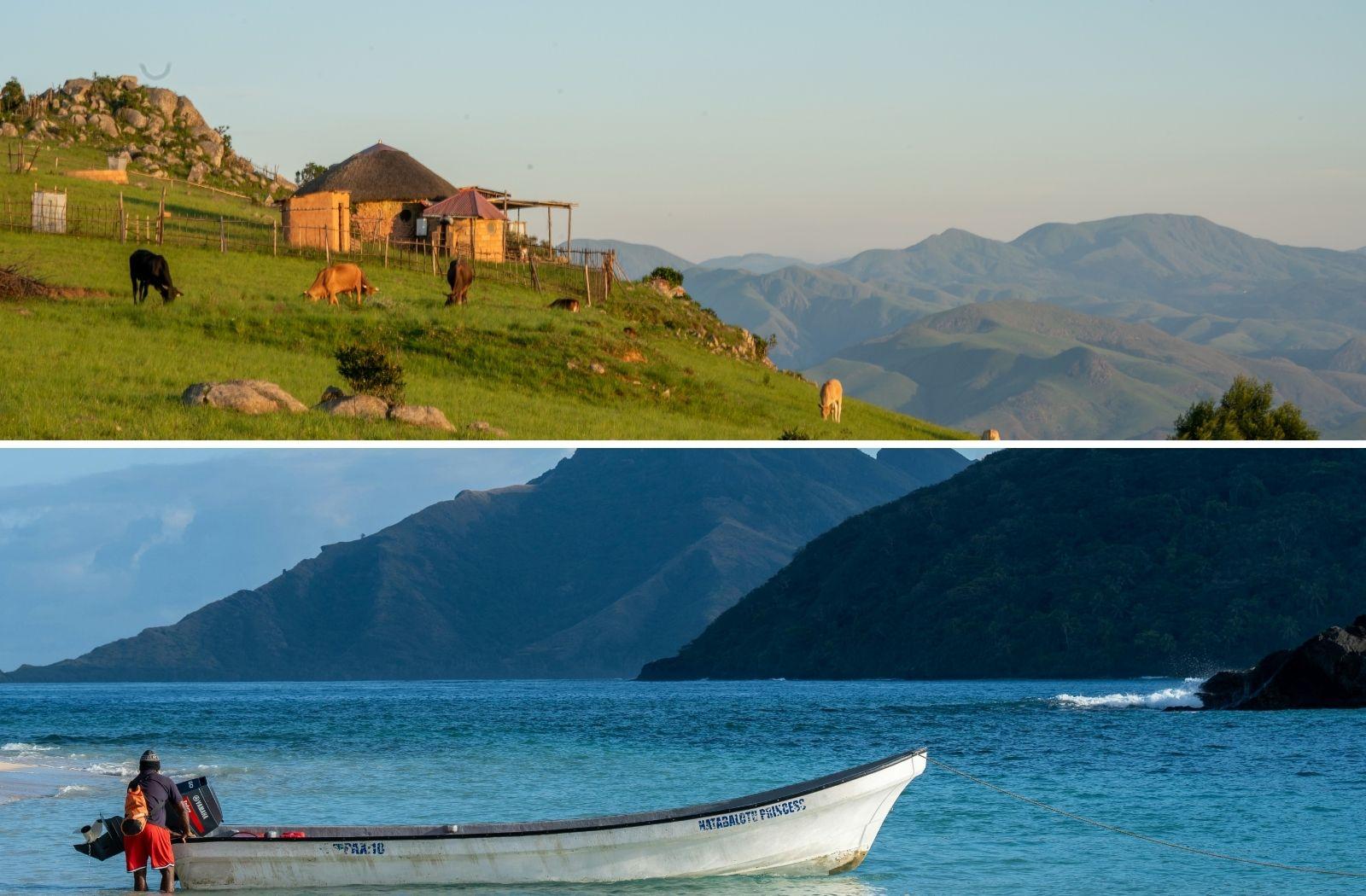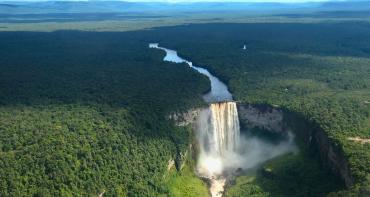Blog by Dr. Deepa Pullanikkatil, Commonwealth National Climate Finance Adviser to Eswatini (and formerly to Fiji); Mxolisi Sibanda, Adviser Climate Change, Commonwealth Secretariat; and Uzoamaka Nwamarah, Interim Head and Adviser Climate Change, Commonwealth Secretariat

As we get closer to COP30, we will increasingly hear that the climate crisis and its impacts are felt more acutely by the world’s most vulnerable nations. The truth is, the world’s 39 Small Island Developing States (SIDS) and 32 Landlocked Developing Countries (LLDCs) face specific structural vulnerabilities: The small size of their economies, together with a complex set of barriers—including limited public financial management capacity—hinder access to finance and its translation into positive climate outcomes.
Fiji and Eswatini, two differently vulnerable Commonwealth countries
Fiji, a SIDS, is located in the South Pacific with a population of 0.93 million people, land size of 18,274km2 and GDP per capita of US$6,288.4 and faces existential threats from sea-level rise and intensifying cyclones. Eswatini, a LLDC, is located in southern Africa with a population of 1.2 million people, land size 17,364km2 and GDP per capita of US$3,936.1 and grapples with recurrent droughts and floods that undermine its agriculture-based economy.
Fiji and Eswatini have fairly similar ND-GAIN Index scores, 0.453 and 0.448 respectively, indicating a moderate level of vulnerability, significant in its implications. The ND-GAIN Index measures vulnerability in six life-supporting sectors, namely food, water, health, ecosystem service, human habitat and infrastructure. The lower the score, the better the country’s position.
However, when we start looking at indices that include financial vulnerability, the two countries are quite different.
The Climate Finance (CliF) Vulnerability Index demonstrates the contrast. Fiji ranks 36th, suggesting lower financial vulnerability and better absorptive capacity, while Eswatini ranks 107th, stressing greater financial fragility and systemic barriers to mobilising climate finance.
Accessing climate finance is not equal
Both Fiji and Eswatini have accessed funds from the Green Climate Fund (GCF), the world’s largest dedicated climate fund. Since 2010, Fiji has mobilised over US$300 million from various sources including US$73 million from the GCF for seven projects, also spanning regional projects, and US$3.5 million through GCF readiness support.
In comparison, Eswatini has accessed US$6.5 million through GCF readiness support and is part of a GCF regional project through which the country can access US$5.6 million. In Eswatini, GCF readiness funds are used to support Eswatini Bank and the Eswatini Environment Authority to get accredited to the GCF.
This means that as one country deepens its climate action, another is still grappling with putting the necessary building blocks and guardrails in place. Yet, a debt burden makes Fiji’s journey slightly tougher.
As of the 2024/25 fiscal year, Fiji’s debt-to-GDP ratio stands at 80.7%, while Eswatini’s is at 39.7%, reflecting differences in fiscal headroom and potential co-financing capacity, and the need for concessional and grant financing. Practically, this means Eswatini has more room in its national budget to take on new climate investments or co-financing commitments, while Fiji’s higher debt burden underscores the importance of securing concessional or grant-based financing to avoid further fiscal strain.
Achieving better access to climate finance is possible
We are mere weeks away from COP30 in Belém, Brazil, and the experiences of Fiji and Eswatini highlight the need for serious consideration of how we calculate vulnerability (beyond just GDP) in climate finance so that it reflects both geographic realities and fiscal constraints.
The Commonwealth Secretariat is doing its part through its Commonwealth Climate Finance Access Hub (CCFAH) that deploys Commonwealth National Climate Finance Advisers to several member countries, including Fiji and Eswatini, to strengthen human and institutional capacity for climate finance readiness, the development of conducive climate policy frameworks and a pipeline of bankable projects to enhance access to climate finance.
Over the past ten years, this model of embedding long-term experts has led to Commonwealth countries securing more than US$500 million in climate finance, training almost 4,000 officials in 160 capacity building initiatives. For these small and climate-vulnerable countries, this means access to climate finance that is responsive to their vulnerability. This should be possible for all small and climate-vulnerable countries.
Commonwealth Climate Finance Access Hub (CCFAH)



